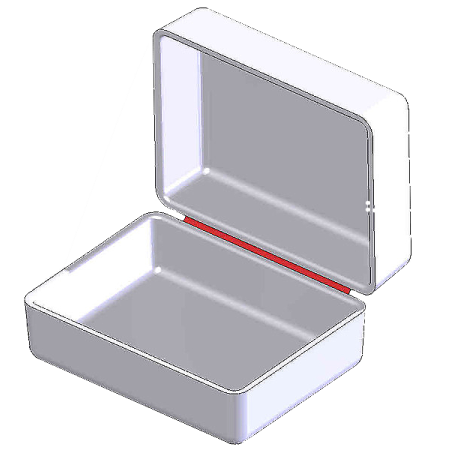Use our expertise in designing for Stereolithography
Design for Manufacturing Services
Our design team can optimize CAD models for functionality and cost. Companies can collaborate with us to enhance designs or quickly implement changes before manufacturing parts.

